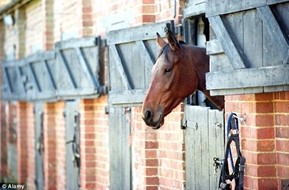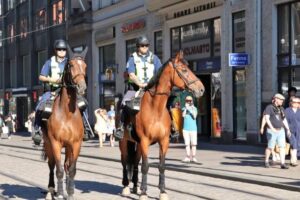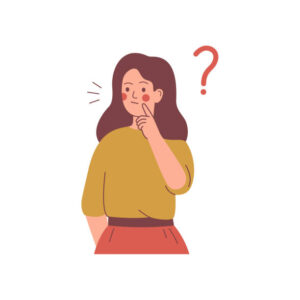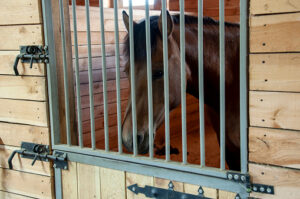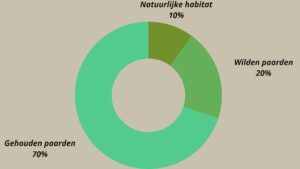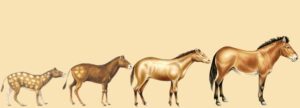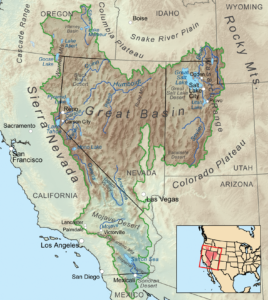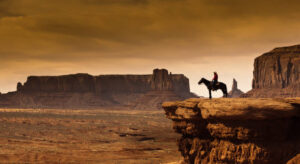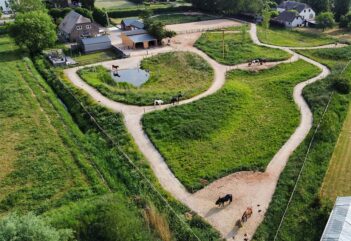- Wednesday April 19 2023
- Blog
ANIMAL WELFARE AND HORSES
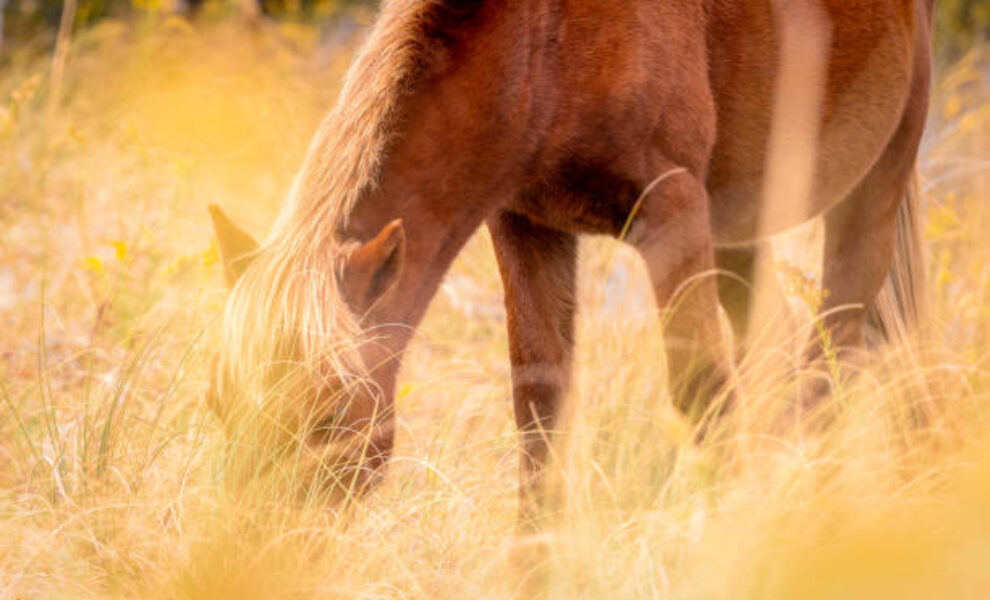
Animal welfare. Fortunately, this is a commonly heard term these days. But what do we actually mean by well-being? And what about horses?
A seemingly simple question. But one about which both professionals and private horse owners can have quite different ideas. Everyone experiences well-being in a different way and every horse owner has developed his or her own methodology to ensure the well-being of horses.
I would therefore like to approach the term well-being from two different angles. Firstly from a formal point of view (how we as a society have agreed to observe welfare) and secondly from the nature of the animal species.
The formal point of view:
In the Netherlands, keepers of horses and ponies must comply with the Animals Act and the Animal Keepers Decree to ensure the welfare and health of their animals. Under these regulations, every horse owner is obliged to keep, care for and house his animals properly.
Points from the regulations include:
- The animals must have enough space.
- The animals must have a clean and dry lying area.
- There must be sufficient light in the stables.
- There should be no protruding sharp edges in the stables that could injure the animals.
Furthermore, the animals may not do too heavy work, or work for which they are not suitable. The keeper may not graze his horses and ponies on bad or non-pastable land. (source: nvwa.nl) All in all, the above requirements can be called somewhat brief. Well-being and health are given a very broad interpretation here.
Because how much or how big is 'sufficient space' actually?
What do we mean by 'clean' and 'sufficient light'?
And when is a pasture formally difficult to graze?
The only apparently constructive point we can read here is that the animals should not be able to injure themselves on protruding, sharp edges in the stables and even that point will no doubt be questioned by some.
Another important question is: when we reach a common agreement on the above, how do we determine whether these criteria are also met?
The horse is a bit of an odd duck in the bite in that respect. By law, these animals are not registered as production animals, nor as exotic species as we see them in zoos. They are companion animals, and with companion animals we see that the preconditions for true well-being are beginning to fade. However, if we want to give horses a voice and significantly improve their well-being, we will have to be able and dare to set the preconditions a bit more clearly.
Zoo animal welfare rules
If we disregard the production animals for a moment and compare the criteria for the welfare of the horse and that of animals in a zoo, we see major differences: Conditions apply to the welfare of animals in a zoo. The main ones are:
- Animals must have the space to display their natural behaviour. For example, digging, climbing, swimming and building nests. Animals must also be able to live according to their social lifestyle (in groups or alone).
- Animals must have sufficient space to care for themselves, to grow and to reproduce.
- A zoo must guarantee the safety of humans and animals. For example, a zoo must take measures to prevent animals from escaping. And there must be plans in case of calamities.
- A zoo must have a registration system. It contains information about the animals, nutrition, breeding and veterinary care. (source: nvwa.nl)
This already reads very differently, don't you think?
I think most of us know that zoos - viewed from the perspective of the animals present - can not always, or only partially, meet these welfare criteria. Commerce will undoubtedly play a role in this. Nevertheless, great costs are incurred to create a living environment in which animals can display as much natural behavior as possible. Something that is still often lacking in the equestrian sector.
Guidelines
There are guidelines for the layout of a stable and on the basis of these guidelines the sector meets the criterion of sufficient space. But the statement that a stable of any size gives 'sufficient space' to a horse, of course, makes no sense from a biological point of view. After all, the horse is a moving animal, made to cover many kilometers a day. Something that is impossible in a stable of any size. Before the industrial revolution we still had good reasons to use the animal, the function of the contemporary horse is more one of hobby and recreation. In the space of a few thousand years, we have declared an animal with the impressive evolutionary trajectory of more than 55 million years commonplace and natural well-being has increasingly been pushed into the background. Our history with the horse and the use of the animals over thousands of years has had such an impact on how we view these animals that we have simply forgotten what it means to be a horse. And with that, our measure of well-being has also become a disjointed whole.
Time for an overhaul!
The natural point of view: a measure of well-being
If we really want to pursue and use a standard for well-being, then a standard will have to be set. We cannot deduce such a norm from the domesticated or 'kept' situation. This will never give a fair picture of how the animal functions naturally. So we will have to look at the horse in the wild.
But what is 'free' and what is 'nature' for the horse?
The horse has taken a long time to come to its current form. Over 55 million years! What started as a small forest animal in tropical forests gradually evolved under the pressure of natural selection and changing ecosystems into the animal we know today.
Equus Ferus Caballus, the scientific name of the modern horse, has existed in its current form for 1.5 to 3 million years. The form we know of the modern horse is the result of reproduction in specific ecosystems such as we find in Mongolia, Kazakhstan, the Ukraine and.. the Great Basin of the United States.
There are approximately 65-70 million horses living worldwide today. About 1.5 to 2 million of these animals live in the wild. Less than 10% of these wild horses still live in a natural habitat for the species and an even smaller percentage is not or hardly affected by harmful intervention by humans.
With so many animals in 'captivity' and only a small part in an exemplary habitat, it is therefore quite difficult for us as horse owners to determine what is and is not natural. It is therefore important to determine which living environment we can designate as suitable and which studies have been done on animals in a similar environment.
Unfortunately, there are not many of them, but they are there.
In the 80s, J. Jackson studied wild horses for 4 years in a natural habitat for the species. Namely the aforementioned Great Basin! Jackson documented his findings in "The Natural Horse, lessons from the wild" in the early XNUMXs.
Dr. Redden (USA) reached similar conclusions several years later, confirming the validity of Jackson's work on wild horse hooves.
A number of important conclusions emerged from Jackson's work in addition to the natural model for the horse's foot:
- The horses studied showed exemplary health throughout all seasons. This despite a hard and very active existence in an extremely rough environment.
- All horses lived in groups, solitary living animals were not observed.
- Laminitis and navicular inflammation were not observed.
- Horses moved up to 30 miles a day depending on need.
- Green grass as we know it does not exist and the quantities in which we normally offer grasses are also very rare.
- Horses forage/eat for about 12 to 16 hours a day.
- Horses show activity both during the day and at night. The day and night rhythm as we have (and often impose on horses) is naturally unknown to them.
- There is a strict but complex social hierarchy among them.
- Horses forage at different heights (grasses, shrubs, trees).
The principles of the Paddock Paradise® system are based on the way of life of animals that live in an 'adaptive' environment, an environment in which the animal naturally belongs.
The Great Basin in the US is one such adaptive environment. This area is about 14 times the size of the Netherlands and has a so-called high desert climate.
It is a dry and rugged area with continuous large temperature fluctuations. Temperatures of +20 degrees Celsius during the day and -5 degrees Celsius during the night are not exceptional.
Several studies show that horses feel particularly at home in this climate. The mortality rate of foals is around 1% and the many complaints that horses in captivity suffer from do not or very rarely occur.
For comparison: mortality rates in wild horses in a non-natural (non-adaptive) environment such as De Oostvaardersplassen are around 30% per year and symptoms of laminitis are the rule rather than the exception there in the summer months.
Based on the available information and the success of Paddock Paradise® and similar systems worldwide, we can safely say that there is enough information available to review the current welfare standard from the Animal Act and Animal Keepers Decree.
The rules for animal welfare in zoos were already moving in the right direction!
Finally, I would like to point out Article 1.3. of the Law to share animals with you.
The intrinsic value of this item reads:
1. Animals are free from thirst, hunger and improper nutrition
2. Physical and physiological discomfort
3. Pain, injury and disease
4. Anxiety and chronic stress
5. Restricting their natural behavior
The article ends with: "insofar as this is reasonable may be required…”
That doesn't really sound like a commitment, do you think?
“The true measure of any society can be found in
how it treats its most vulnerable members.”
- Mahatma Gandhi
In a next blog I will further explain to what extent keeping horses naturally in the Netherlands is feasible.
For the horses,
Björn Rheberge
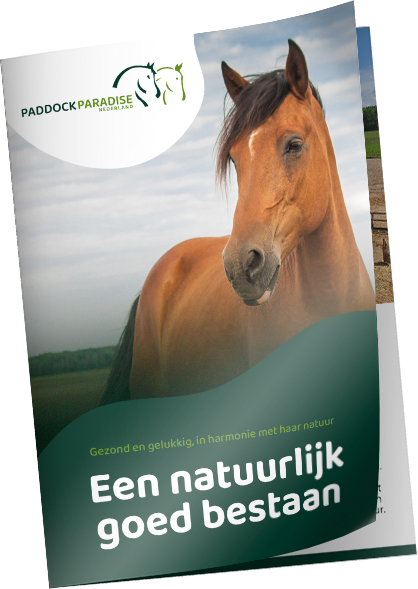
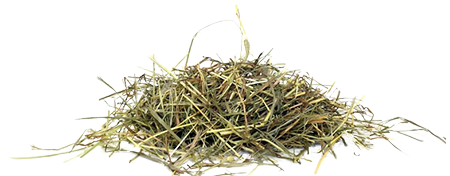
Do you wish for your horse to have a naturally sound life?
We personally supervise all our projects. We are committed and consistent in sharing our advise and tend to everything: from excavation work to fencing, from permits to design plans. And with immediate results. Attentive horses in motion. Healthy, happy, and in harmony with nature.
Would you like more information about the possibilities for realizing your Paddock Paradise? Download our E-book or contact us personally.




